While a backpack is a must for day walks, it is less crucial for overnight excursions. Adjustable straps and suspension systems that shift weight to your hips are two elements that make the best backpacks comfortable for carrying a heavy load.
Known by several names such as rucksack, packsack, haversack, or Bergen, a backpack is often carried on a lightweight frame and fastened to the wearer's back via shoulder straps.
Quantity
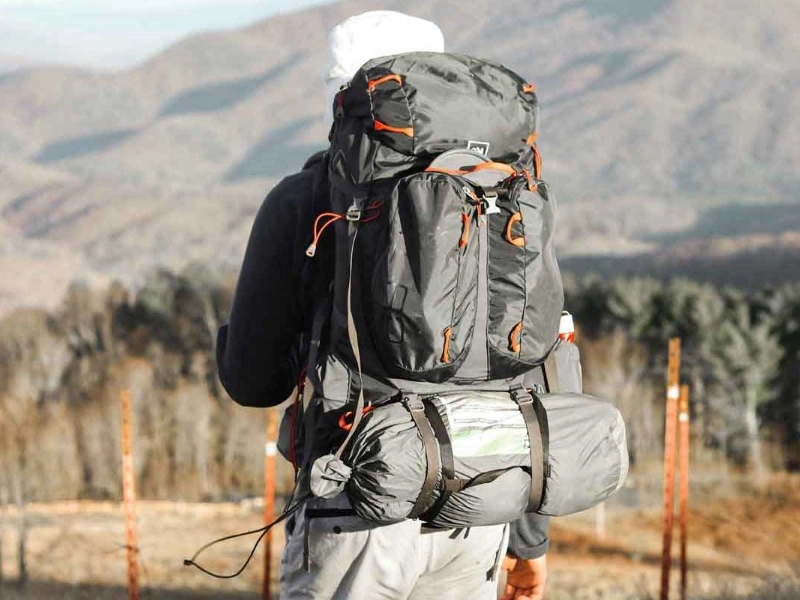
An excellent option for outdoor excursions is a hiking backpack, which evenly distributes the weight of your equipment across your hips and back to keep you moving forward pain-free. Pick a load that isn't greater than 20% of your body weight to reduce discomfort and exhaustion.
The weight of your pack will be distributed differently with a padded waist belt and backpack strap, which will ease the strain on your shoulders. Seek out packs that have additional features, such as a shove-it pocket, to enhance and simplify your hiking experience.
There is a large range of prices for hiking backpacks. After determining which qualities are most important to you, start your search. Next, go refine your selections. For instance, which kind of backpack would you prefer—one that can hold hydration or one that has a rain cover?
Weight
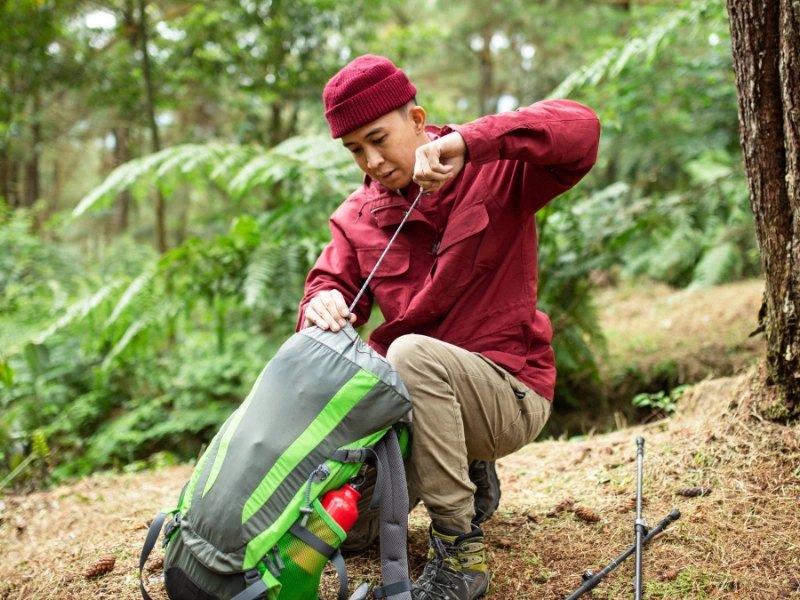
When selecting a rucksack for hiking, backpack weight is a crucial factor to take into account. Finding a pack that will comfortably hold your goods without putting too much strain on your hips and shoulders is the aim.
Carrying a pack that is more than 20% of your body weight is generally not a smart idea. This will lessen the chance of damage, particularly when hiking for prolonged periods of time.
Most popular overnight and weekend hiking backpacks range in volume from 30 to 50 liters, providing ample room for a tent, sleeping bag, and additional equipment. To further improve wearer comfort, lumbar support and ventilation are added to a lot of these packs. To maintain their minimal weight, they are also constructed from lightweight materials.
Contents
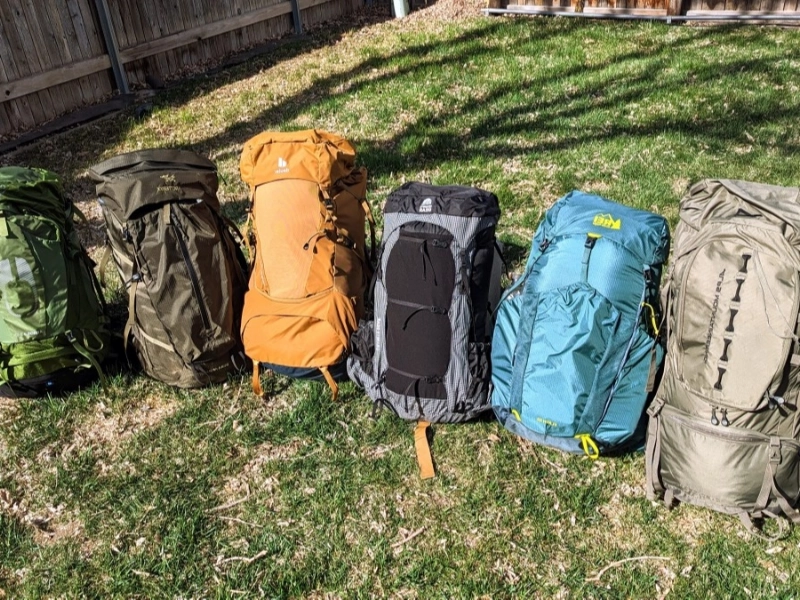
A backpack's construction material matters. It must be strong, impervious to water, abrasion, and ultraviolet light. Different materials, including polyester and nylon, are used to make backpacks. In comparison to polyester, nylon is more elastic, bright, and soft. It also reflects UV light well, making it perfect for trekking in the summer.
A backpack with a sleeping bag compartment is essential if you intend to go on an overnight hike. A headlight, a flashlight, a rain jacket or windbreaker, and a navigational aid like a map and compass are additional necessities. It is also a good idea to have an emergency shelter, such as a bivy bag or an ultralight tarp. And last, essential for any hike, are a multitool with a knife and a first aid kit.
Modifiability

An equipment and supply bag worn on the back is called a backpack, sometimes known as a rucksack. Usually, it is secured by two straps that cross the shoulders.
Hiking success or failure might be determined by the fit of your backpack. It's crucial to make adjustments each time you put it on to ensure that the pack properly fits your torso.
To lessen the tension on your shoulders and neck, look for shoulder straps with cushions. In order to prevent the pack from shifting on your shoulders, also look for a sternum strap that tightens. A hydration bladder sleeve with one or two tube openings is a feature seen on most packs. If you anticipate going on lengthy hikes in the rain, these are useful to have.
Holding

You will need to decide how much stuff to bring based on your destination and the length of your trip. A smaller pack is acceptable for day treks, but for overnight excursions, it's crucial to purchase a backpack large enough to accommodate the necessary amount of goods.
Selecting a comfortable pack is also essential. Make sure the straps don't dig into your shoulders or press on your neck by finding a suitable size and trying it on before you buy. To ensure that the weight is well distributed and not solely on your back, seek out a pack with a hip belt.
To help you prepare for different outdoor conditions, some packs include extra pockets, integrated hydration bladders, and rain coverings. Start browsing with a list of the characteristics you absolutely must have to narrow down your alternatives for a pack!



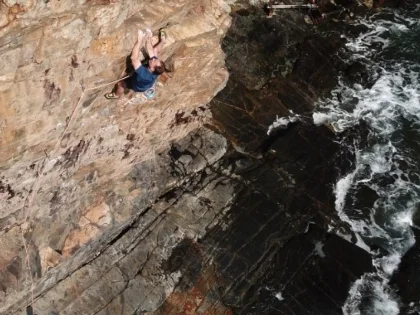
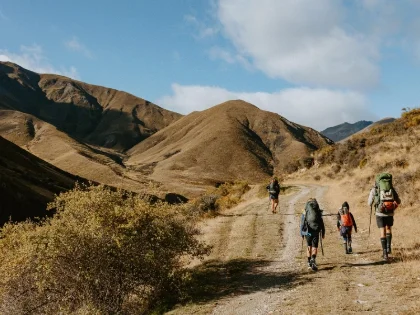

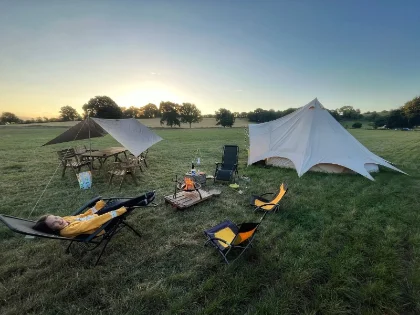



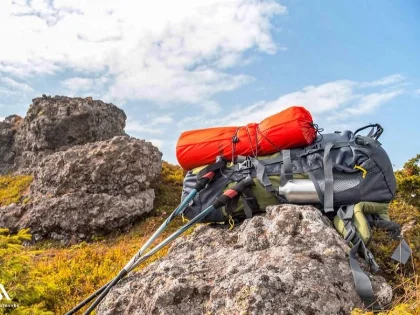
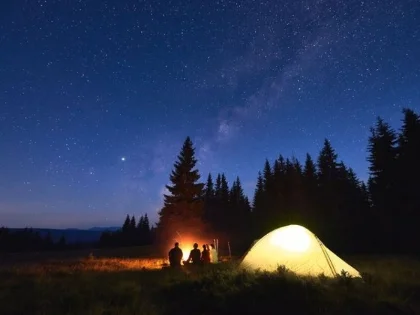


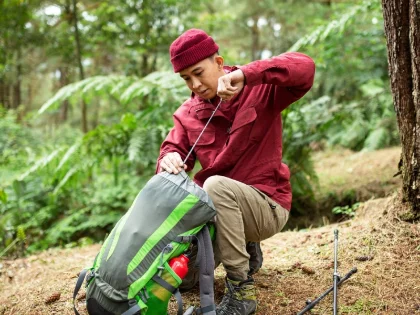
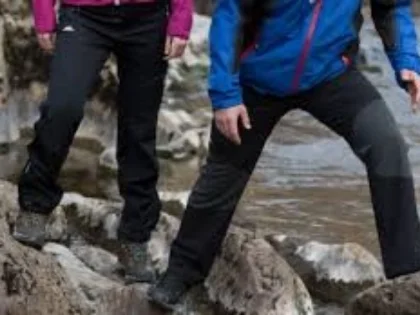
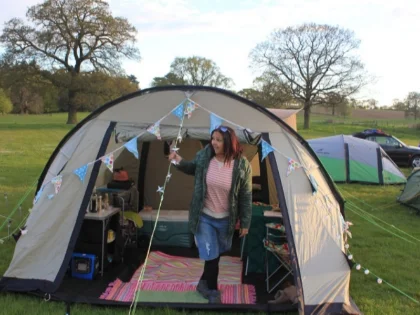





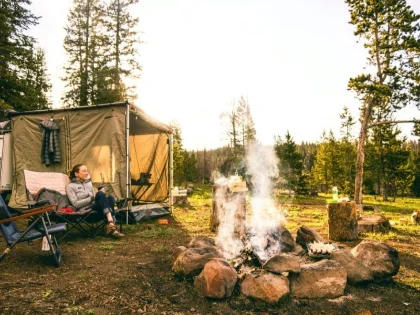
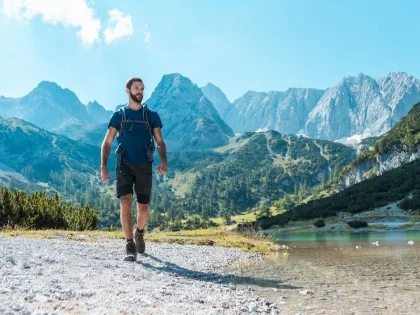
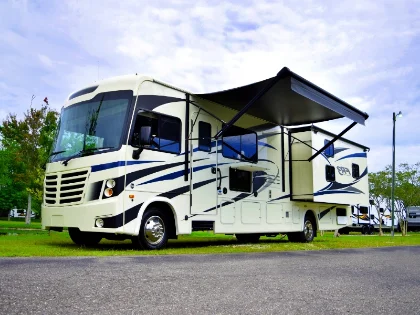


Comments
Leave a Comment
Your email address will not be published. Required fields are marked *